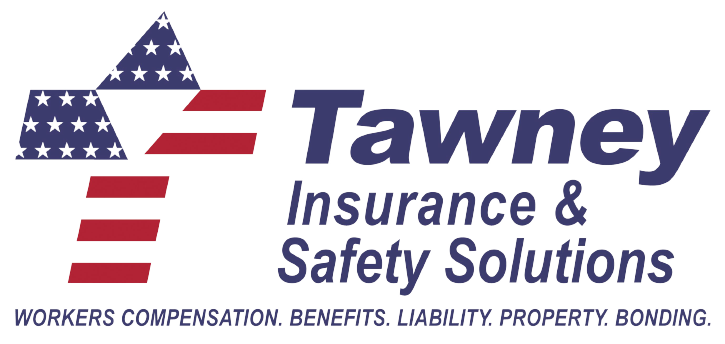Fall Protection Essentials: Proper Equipment Use and Maintenance
At Tawney Insurance, we know that keeping your team safe on the job site isn't just about meeting regulations, it's about making sure everyone goes home to their families each day. In this second installment of our fall protection series, we're focusing on the proper use and maintenance of your equipment.
The Right Fit Makes All the Difference
Your harness is only effective when it fits correctly. Here's what you need to know:
Chest strap placement should be high and center on your chest
Leg straps must be properly tightened - it should be difficult to make a fist through the strap
Back D-ring position should allow you to reach it without assistance
Why is this so important?
When leg straps are too loose, the sub-pelvic strap can ride up during a fall, creating a dangerous situation. Properly tightened straps ensure the harness functions as designed, creating a seat-like position during a fall that keeps everything secure.
Connecting to Your Anchor Point
Once your harness is properly fitted, connecting to your anchor point requires the right equipment for the job:
Traditional shock-absorbing lanyards work well for limited movement areas
Self-retracting lanyards offer more flexibility
Lifelines with trailing rope grabs provide extended mobility while maintaining safety
When using a lifeline system, always remember to minimize slack. Too much slack increases fall distance and potential injury. For example, if you're 30 feet from a roof edge with a 50-foot rope, that excess slack creates unnecessary risk.
Inspection Best Practices
Before each use, inspect your fall protection equipment:
Check harness webbing for cuts, frays, or chemical damage
Examine all buckles and D-rings for deformation or cracks
Verify that shock absorbers show no signs of deployment
Ensure rope lifelines are free from damage, cuts or heat exposure
And never store equipment wet or dirty. This breaks down stitching and fibers.
Remember: if you wouldn't trust your life to it, don't use it.
Training Makes the Difference
Knowing how to use fall protection equipment correctly comes from proper training. Many incidents happen not because equipment failed, but because it wasn't used correctly. Our safety training programs at Tawney Insurance include comprehensive fall protection instruction that goes beyond basic compliance.
Our safety consulting services include site assessments, tailored policies, and specialized training designed specifically for your business needs. We understand the challenges you face and can help you build a safety program that protects both your employees and your business.
